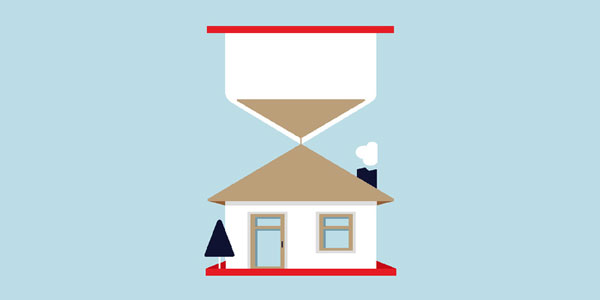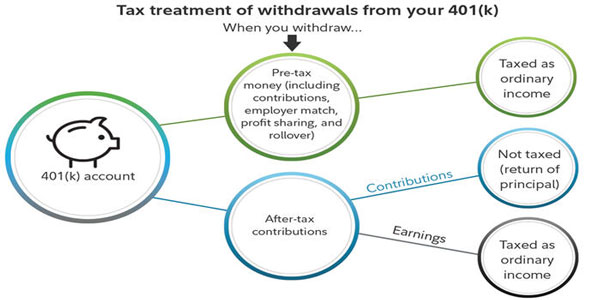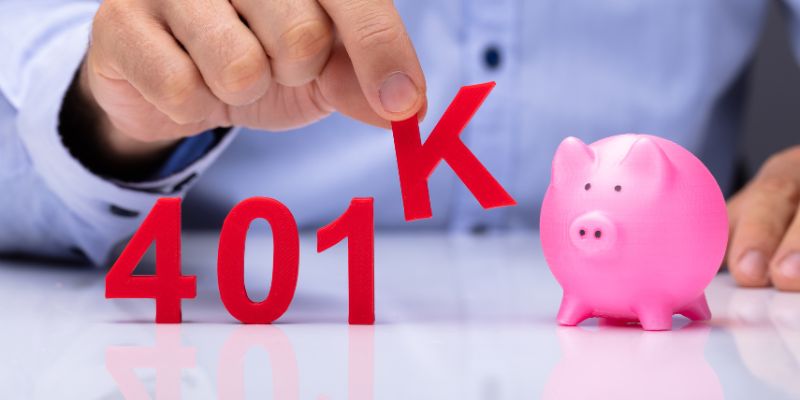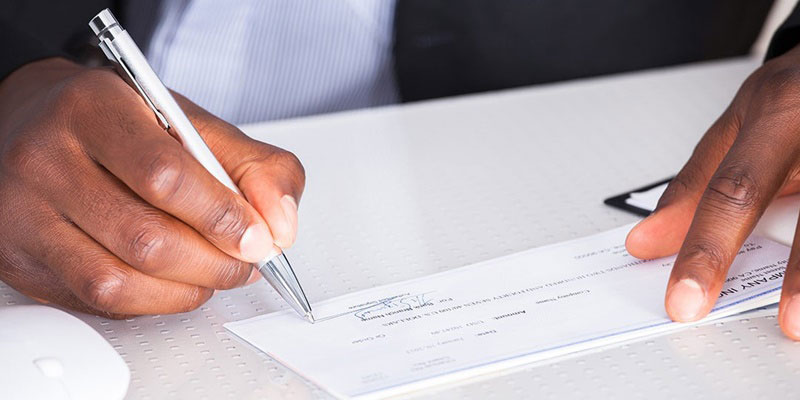Racial prejudice lingers in surprising places more than half a century after the civil rights movement began. Surprisingly, the insurance business is one of these areas. Black Americans pay significantly more than White Americans for something required by law in almost every state: automobile insurance. The impact of the vehicle insurance industry's potentially discriminatory rate setting practices in the United States was highlighted in a recent investigation by Insurify, which revealed higher rates paid to Black drivers with clean records vs white drivers with bad ones. According to the poll, cities and towns with a primarily Black population pay the most in contrast to other racial mixed places.
Black Insurance Consumers Pay Extra
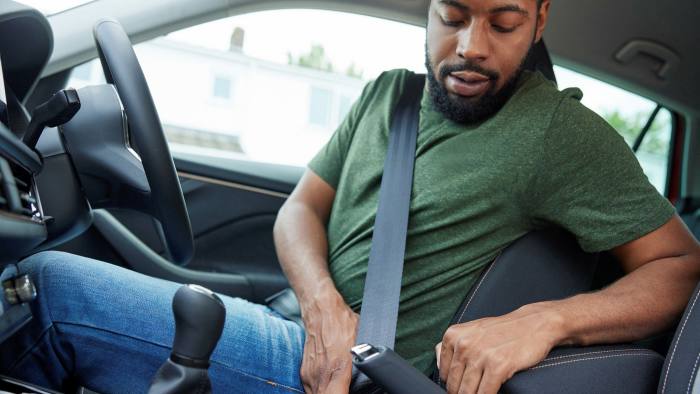
In recent years, there has been a steady increase in the racial stratification of neighbourhoods across the United States. As a result, Black consumers who live in primarily Black neighbourhoods pay the price: In 2015, the Consumer Federation of America carried out a study that would go on to change the industry by revealing that excellent drivers who live in mostly black neighbourhoods are subjected to much higher insurance premiums than good drivers who live in predominantly white neighbourhoods. It is said that the premiums for drivers who live in Black neighbourhoods are seventy percent more than the rates for drivers who live in White areas; this translates to an average increase of four hundred and thirty-eight dollars per year.
Is This Due To Black Groups Are More Violent Than White Communities?
The ethnic diversity of a neighbourhood has very little influence on the overall rate of criminal activity in that particular neighbourhood. Yes, lower-income neighbourhoods are more likely to have greater crime rates. When income and population density are included, however, White and Black neighbourhoods have roughly identical crime rates. The study conducted by the Consumer Federation of America, on the other hand, found that even after taking into consideration factors like population density and affluence, motorists in Black neighbourhoods are still paid much higher rates.
Is This Due To Black Americans Are More Likely To Be Poor?
It is a fact that the rate of poverty among Black Americans in several states is more than twice as high as the rate of poverty among White Americans. However, this does not in any way explain the results, mainly because richer Black Americans are likely to pay even more of a price for living in black areas: The study found that upper-middle-income people residing in black areas paid 194% more for automobile insurance than upper-middle-income people living in white districts, which equates to a difference of $1,400 every year. This is the case even though wealthier Black Americans are likely to pay even more of a price for living in
What Do Insurance Providers Have To Tell?

The insurance industry has never officially acknowledged that Black Americans pay a higher premium for vehicle insurance. Numerous corporate leaders have adopted a defensive position on the issue. The National Association of Mutual Insurance Companies wrote to the Federal Insurance Office in 2014, insinuating that since Black Americans spend money on their dogs, toys, alcohol, cigarettes, and recording equipment, they can afford to pay more for auto insurance. In other words, the rationale seems to be that it is OK to charge Black consumers more for auto insurance simply because they spend more money on other things.
Is There Any Other Proof Of This Problem?
Yes. According to 2017 Consumer Reports and ProPublica research, premiums in California, Illinois, Missouri, and Texas are still higher in minority regions, not just mainly Black neighbourhoods. Rachel Goodman, a staff attorney with the ACLU's racial justice program, reminded us that these findings are part of a larger, systemic issue in our country. These results follow a familiar pattern: racial inequities are allegedly generated by variations in risk, but this explanation falls apart when we dive further into the data.
Is Anybody Doing Some Action?
According to the facts above, advocacy organizations and some politicians are attempting. In 2018, California Congressman Mark Takano filed legislation demanding that the federal government investigate the issue of racial disparities in the insurance market. Unfortunately, it is all that has been accomplished at the federal level. More public pressure will probably result in improved results as more research on the issue is performed. Consumers and advocacy groups must demand change till then.
To Summarize
It is unclear if the PAID Act will get congressional approval or whether the NAIC committee will propose concrete answers to the vehicle insurance industry's chronic racism. However, despite previous reports of issues, there has been little to no response from the industry or authorities, indicating that a solution may be found this time.





